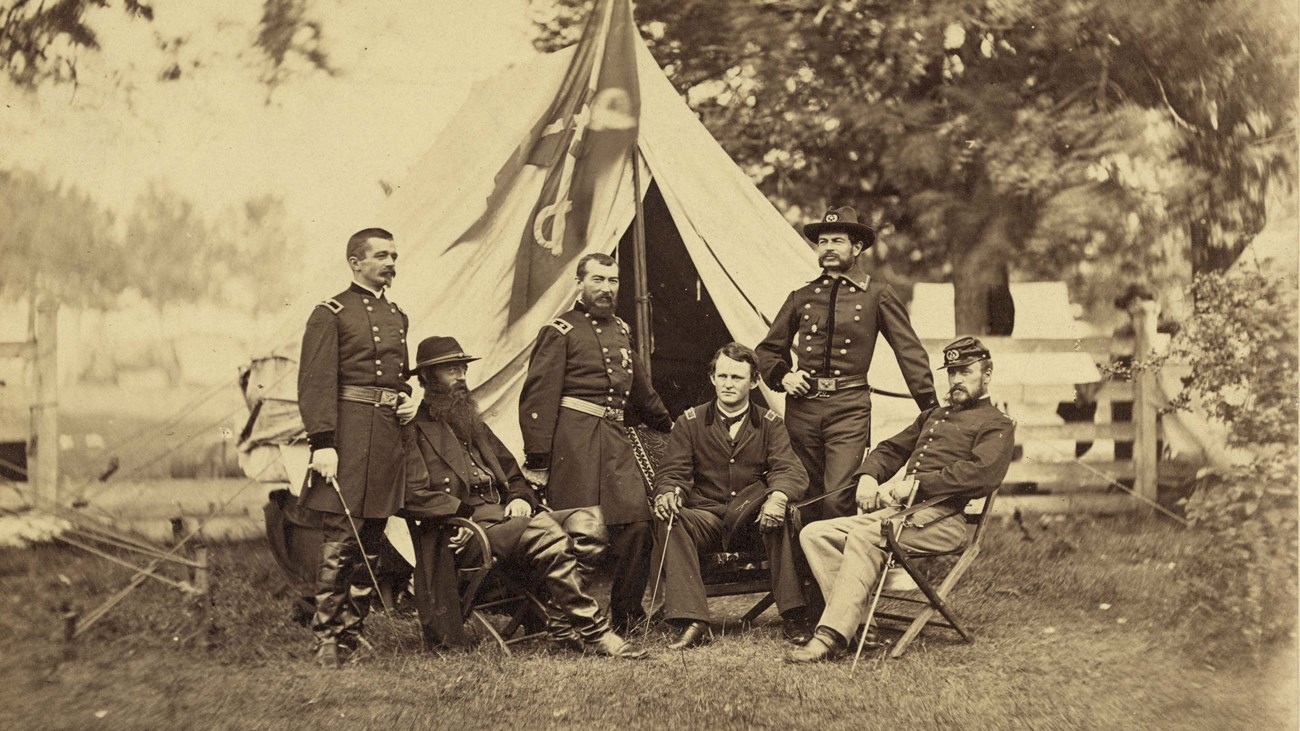Part of a series of articles titled The War Consumed Everything.
Previous: Lynchburg Campaign
Article

Library of Congress
“The Shenandoah Valley was very important to the Confederates, because it was the principal storehouse… for feeding their armies… It was well known that they would make a desperate struggle to maintain it. It had been the source of a great deal of trouble to us… I determined to put a stop to this. I started Sheridan at once for that field of operation...”
Ulysses S. Grant
US Lt. Gen. Ulysses S. Grant placed Maj. Gen. Philip Sheridan in command of the Army of the Shenandoah in August 1864, ordering him "to put himself south of the enemy and follow him to the death…” Just over two months later, Sheridan delivered a series of stinging defeats to the Confederates and wresting their control of the vital region. Sheridan’s army left much of the Shenandoah Valley in ashes, making it unable to sustain Confederate armies.
Grant gave Sheridan three principal directives: beat Early, destroy the Valley's resources and, above all, avoid defeat. Sheridan moved with caution early in the campaign, maneuvering and skirmishing in the lower Valley, avoiding major battle. He took this time to organize and mold his new Army of the Shenandoah, about 40,000 strong. Lt. Gen. Jubal Early, commanding the Confederate Army of the Valley, sensed that Sheridan might be overly cautious. Early dispersed his smaller army of about 15,000 to threaten the Potomac corridor.
In mid-September, as Grant grew impatient with his lack of progress, Sheridan got news from pro-Union civilian Rebecca Wright of Winchester: some of Early’s troops had withdrawn to other battlefronts, leaving the Confederates weakened in the Valley.
Sheridan showed Grant his offensive plan. Grant approved, simply telling him: "Go in!"
Moving to cut off Early's army south of Winchester, Sheridan's Federals collided with Mosby's Rangers. Soon the U.S. and Confederate armies faced off along the Berryville Turnpike in the Battle of Berryville, September 3 and 4. The Federals held their ground and after Early’s withdrawal Sheridan resumed his drive toward Winchester.
The U.S. Army of the Shenandoah's 35,000-man force lumbered west toward Winchester, Virginia, intending to destroy the 15,000-man Confederate Army of the Valley under Lt. Gen. Jubal Early. At the Third Battle of Winchester on September 19, 1864, Early's army suffered crippling casualties, but survived to retreat to Fisher's Hill.
Retreating from Winchester, Early got his army into the defensive works of Fisher’s Hill. For the second time in four days, Sheridan used the Army of the Shenandoahs' superior strength and firepower to decisively beat Early. Federal soldiers climbed the hill and swarmed into the earthworks as Confederates hastily abandoned their lines at the Battle of Fisher's Hill, September 22, 1864.
The Shenandoah Valley became a prime target in 1864 as the American Civil War took a turn from a limited war to a total war. "The Burning," as it came to be called, was part of a Federal strategy to hasten the end the of the war.
After burning much of the Valley, Sheridan pulled his army back north. Early's army cautiously pursued. Annoyed with the Confederate horsemen nipping at his heels, Sheridan countered with his own cavalry. Called the “Woodstock Races,” because Federal cavalry chased their opponents as far south as Woodstock, the Battle of Toms Brook on October 9, 1864 did irreparable damage to the morale of Early’s cavalry.
After The Burning, many Federal soldiers felt confident the Confederates posed no further threat in the Valley. Meanwhile, Early had received reinforcements and pondered how he could successfully attack a much larger Federal force. A skirmish at Hupp's Hill, north of Strasburg followed on October 13, 1864.
The Federal victory at the Battle of Cedar Creek on October 19, 1864 ended Confederate resistance in the Shenandoah Valley. Coming just three weeks before the presidential election, news of the victory boosted morale in the Northern states and helped carry Abraham Lincoln to a landslide reelection.
Part of a series of articles titled The War Consumed Everything.
Previous: Lynchburg Campaign
Last updated: January 23, 2023